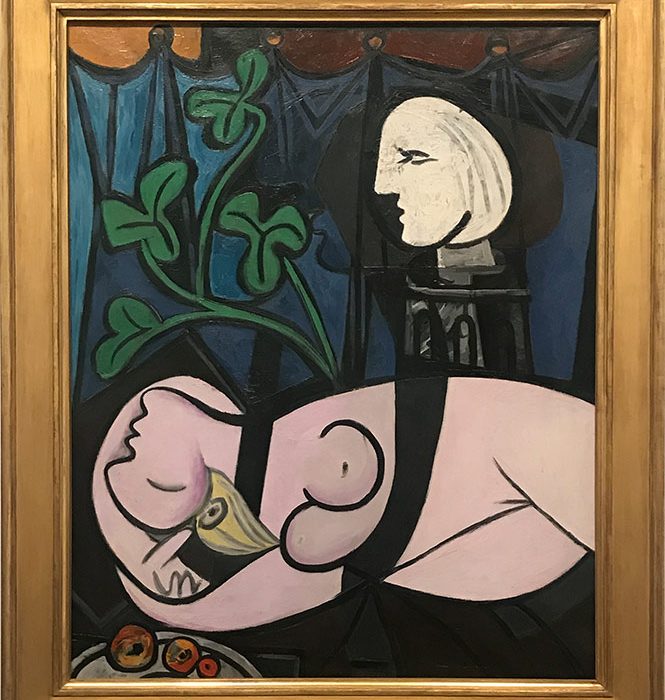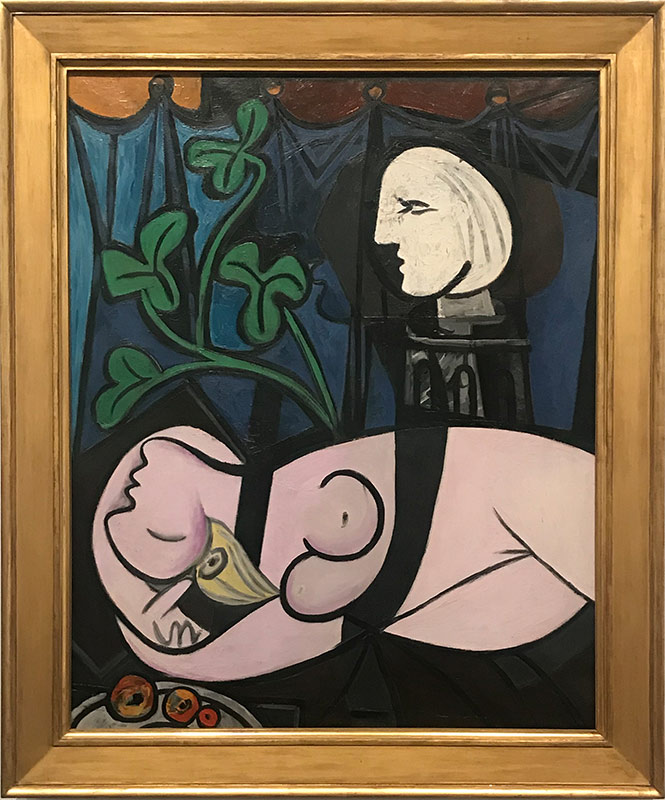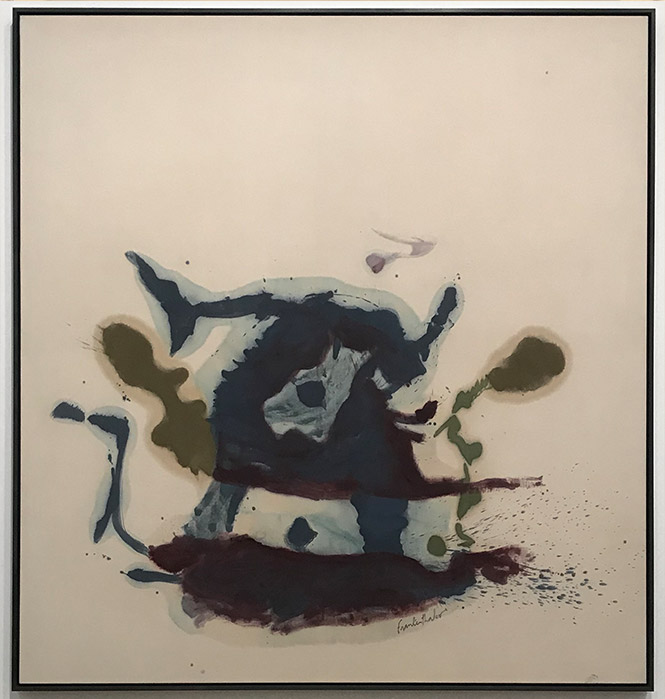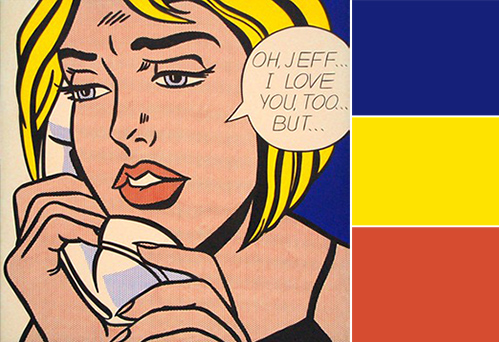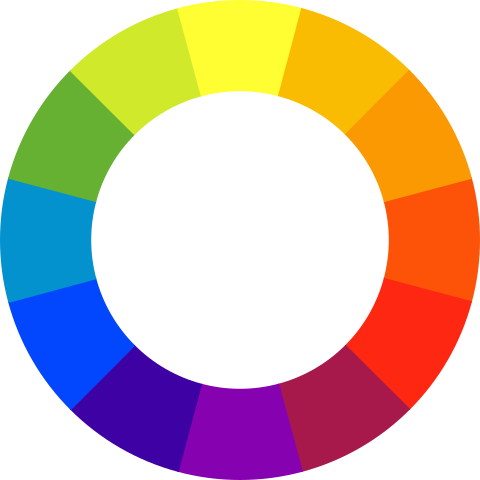Art prints are thought of as mass-produced copies of artworks. Therefore this isn’t always the case. There is much more to it than that.
An art print’s worth depends on many factors, including quality, technique, edition, print number. Art prints can go for large amounts of money in auctions, but the worth is entirely dependent on these factors and what buyers are willing to pay.
This article will be talking about the misconceptions associated with art prints as the the factors that are taken into consideration when calculating the value of an art print. Read on if you’d like to know how it all works.
What Is an Art Print?
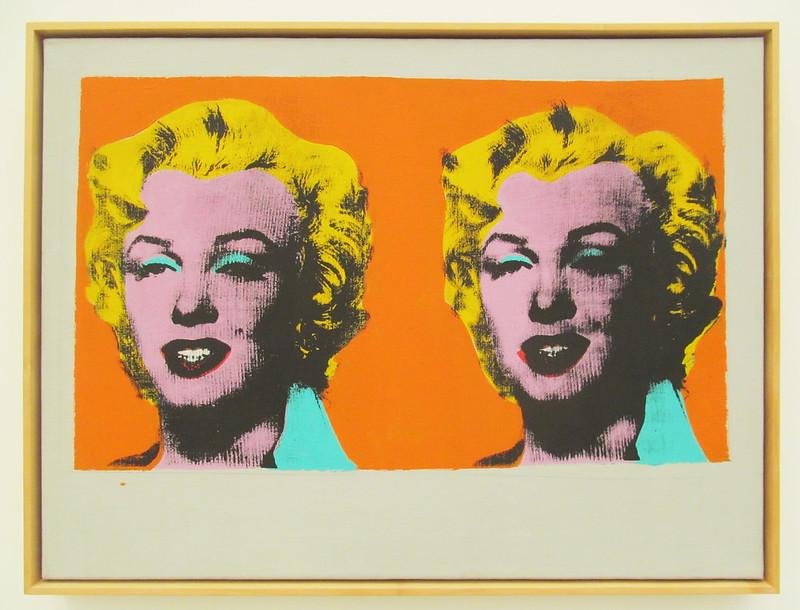
Before diving further into this subject, it’s important to be aware of what an art print actually is.
There are two primary types of art prints: reproductions and original art prints. The terminology can be difficult to memorize, however, there are many differences between them. As The Anthrotorian puts it, “The easiest way to remember the difference between the two is to think about how close the actual artist is to the final work that you have hanging on your wall.”
Normally art prints are associated with reproductions. They are made mechanically, quickly, and in large numbers. Whereas original prints have some originality, they are individually made by the artist, and some distinctions between them can be spotted if you look closely.
Reproductions
As mentioned before, there is a misconception regarding art prints, which is that they are solely reproductions of artworks. There are many differences between a reproduction and an original print.
So what is a reproduction, and in what aspects is it different from an original print?
According to artist Phil Metzger, reproductions are copies that are mechanically made in order to get them out in large numbers, and as fast as possible. Usually, the artist isn’t involved in the process of making the reproductions of their work.
Reproductions are a photographic copy of a painting. Reproductions of notorious painting usually have little value; however, if they are printed as limited editions, they might be more valuable. This all depends on supply and demand over time.
The cost of reproduction depends on its level of detail and the surface it’s printed on. Paper prints cost less than canvas prints, for example. Plus, since reproduction resorts to a digital file, it’s essential to make sure that the digital file looks good and can produce high-quality copies.
Giclée
A giclée is a very popular form of reproduction. This type of reproduction is created with a specialized inkjet printer. This method of reproduction has a much higher quality than a home printer, for example. It can even reproduce the texture of the paint in the original, and it prints in different types of paper, which will also have to be considered when calculating the price of the art print.
Now, moving on to original prints. What is the difference when it comes to value between a reproduction and an original print? And are there more factors that come into play?
Original Prints
Original prints are made by the artists. The prints themselves are called original prints because they are not a copy of the artwork already made;
Original art prints are made one by one. Therefore, the prints might have subtle differences when compared with each other. These prints can be considered just as valuable as any other type of artwork.
However, as the prints are used, they might begin getting worn down, and the quality might drop, that is why it is not uncommon for prints to be limited editions, meaning there will be a set number of impressions of a certain print.
Original art prints have small variations within each other due to the techniques that are used to make them. Each print undergoes manual procedures that can result in small details unique to only a specific impression.
It is up to the artist to decide which prints are good enough and which ones should be discarded. In printmaking, each print is considered an individual artwork, unlike reproductions that are a copy of the original.
When trying to figure out the value of an art print, many factors come into play, such as the techniques that were used, if it’s signed, if it’s a limited edition, the print’s run number, and other factors that’ll be discussed below.
How do these factors affect the value of an art print?
Printmaking Techniques
Prints consist of transferring ink from a printing matrix onto a certain material, and there are several techniques of doing this that are used by artists in order to make prints. The amount of labor a technique requires can influence the print’s value. These techniques are usually divided by process.
The techniques themselves are woodcut, linocut, etching, engraving, drypoint, lithograph, monotype, and screenprinting.
Relief Print
A relief print is a process in which an artist carves certain areas on a surface and inks the remaining areas, then pressing a paper or another material against the surface, the ink is then transferred, thus creating a print.
Here is a great video by New York’s Museum of Modern Art that explains how it’s done:
The relief process techniques are:
Woodcut
Woodcut was the first printmaking technique; it is a form of relief print. This technique uses a block of wood as the matrix. A design is made on the woodblock and then carved by the artist, these are the areas of the wood that will not be receiving ink. The raised areas of the design will be covered with ink. The design is then transferred onto a material with either a printing press or by hand.
Linocut
Linocut is a print that is created using a linoleum block as the matrix, a design is cut into the matrix, much like in the woodcut technique. The raised surface is spread across the area, and then the design is transferred onto a material.
Intaglio Print
Intaglio prints have ink spread across the printing matrix so that the ink can go into the recesses of the matrix instead of on the original surface area. This process requires a printing press.
Etching
Etching is created by spreading ground, which is an acid-resistant waxy material, across a metal plate. Using an appropriate tool, the artist carves the design, and then the plate is submerged in acid, the ground protects it, and so the acid eats away at the metal that was left exposed.
When the plate reemerges, the ground is removed, and then the ink can be applied. The etching technique is the opposite of woodcut and linocut, and it is not the raised surface that receives the ink but the etched lines. Finally, the plate is moved to a press that will transfer the ink from the lines to the material.
Here is an informative video made by Liverpool’s National Museum that thoroughly explains this process:
Engraving
Engraving is a very similar technique to an etching; however, there is no use of ground nor acid. A metal plate is engraved with a sharp tool; generally, a tool called “burin”, it leaves a burr that is wiped off.
The ink is spread across the plate, filling the engraved lines. It is then wiped clean off the surface so that the ink in the lines is all that remains. The plate goes through a printing press in order for the ink to transfer to the material.
Drypoint
Much like engraving, when creating drypoint prints, a sharp tool is used to make the design; however, the burr is not cleaned from the plate before the ink is applied.
Drypoint prints tend to be soft and blurry because of the burr, but this also means that when being subjected to the printing press, the burr is worn down and destroyed.
This means that drypoint prints will usually have very small editions, and since the burr is progressively worn down, the first impressions might vary from last printed impressions. This shows how each impression is unique and individual from the others.
Planographic Print
In order to make planographic prints, there is no need to alter the matrix, it maintains the original surface. The surface is prepared in a way that allows the ink to transfer the image onto the material.
Lithography
Lithography print exists because water and oil don’t mix. A greasy medium is used to make a design on the stone surface, normally limestone. Water is spread onto the stone, wetting only the surface that is not covered with oil. Then an oil ink is applied with a roller onto the matrix; however, the oil in the ink is repelled by the water, meaning it’ll only adhere to the design.
Paper is placed onto the inked surface and then run through a printing press that will cause the ink to transfer onto the paper.
Monotype
Monotype prints usually only allow the creation of one or two impressions, though the second one will be significantly worse in terms of quality.
Monotype prints consist of applying ink on a smooth surface and then transferring it onto paper by using a printing press. A print made using this technique is usually embellished using watercolors or stencils. This technique isn’t very common, as it won’t allow the artist to make many impressions.
Stencil Print
Stencil prints are made by pressing ink through a screen with a prepared opening.
Screen Printing or Silkscreen
Screen printing allows the artist to make a print using a stencil. This means that with the help of a squeegee, the ink is spread across the surface except where the stencil is blocking it. The ink is then transferred through the prepared opening and made into a print.
Some of these techniques require more materials than others. More labor is also put into creating some prints depending on the techniques that were chosen; some techniques have the ability to produce a bigger or a smaller edition, all of these factors will be taken into consideration when determining the value of the prints.
But that’s not all; there are a few other variables that need to be mentioned when talking about art print values.
Editions
Prints that are made from the same matrix are called an edition. An edition can contain a certain amount of impressions, meaning it’s a limited edition print. Or, it can be reproduced an infinite amount of times, meaning it’s an open edition. Limited editions are worth much more than open edition prints.
The smaller an edition, the more valuable the print will be due to the exclusivity. An edition can be as small as only having two impressions, commonly, if you resort to the monotype technique. This will vary on the artist’s decision and the techniques used.
A limited-edition print will be numbered. The number will be written in pencil at the bottom of the print. For example, if it reads 10/50, it means that the impression you own is the 10th print from an edition of 50 prints total.
This is another important factor to take into consideration when determining the value of the print. The value will be higher if the print run number is closer to one.
And why’s that?
The first impression is considered to be the most valuable because it will have the best quality amongst the entire edition, taking into account that with excessive printing, it might deteriorate the original image, this also means that the first impression will be closer to what the artist intended to create.
Proofs
A proof is a different type of print; it is not numbered because it is not part of an edition. Some proofs are impressions that were created before the official version; however, some are impressions that were put aside for a specific reason.
And are art print proofs more valuable than limited edition prints?
Art print proofs are often more valuable than other prints because they are much harder to come by; their rarity adds to their value.
Trial Proof
A trial proof is an impression that was made as a test; the artist creates this to test what needs or doesn’t need to be altered. The artist then proceeds to change the matrix accordingly. There are no annotations in trial proof.
Bon À Tirer
Once the artist has finished and is happy with the result, a bon à tirer is created, this is a french expression that means it’s ready to print. This is sent to the printer, and it determines how the edition will look. For a bon à tirer proof, there will be an annotation with the letters “B.A.T.”.
Artist’s Proof
An artist’s proof (Epreuve d’artiste, E.A.) is an impression of a print that is provided to the artist. Normally, an artist will receive one or more prints of an edition. These prints are specifically put aside for the artist, and they are exactly the same as the other impressions; however, there will be an annotation with the letters “A.P.” or “E.A.”.
Printer’s Proof
Printer’s proofs are complementary impressions given to the printer. There can be multiple printer’s proofs; it depends on the number of printers that are involved. They will be typically marked with “P.P.”.
Hors Commerce
Hors Commerce are impressions that were not meant to be sold. Their purpose is to be used for galleries and exhibitions, and they are only available through the artist. They are annotated with the letters “H.C.”.
Proofs are not meant to be sold; however, they have still somehow found their way into the market. Not only are they valuable due to their rarity but also because some of them allow the public to see another perspective of the finished artwork, namely trial proofs, that may look very different from the completed piece. They can provide more information about what the artist intended to do with his piece.
Conclusion
There’s much more than meets the eye when it comes to art prints. It is necessary to understand the different variables that come into the picture when determining the value of an art print.
Not only the fact that there are two different types of art prints that are very distinct from each other, one consists of copies as the other can be seen as the fine art of printmaking. But there is also the quality, material, technique, editions, and these are all factors to keep in mind in order to accurately calculate how much an art print is worth.
Sources
- Art Acacia: Limited Edition Prints: Are They Worth Anything?
- Met Museum: Pablo Picasso | The Frugal Repast
- Wikipedia: Printmaking
- Artsy: What Determines the Value of a Print?
- Art Times Journal: Print vs. Reproductions
- The Anthrotorian: What’s the Difference between a Reproduction and a Print?
- Invaluable: The Complete Collector’s Guide to Prints
